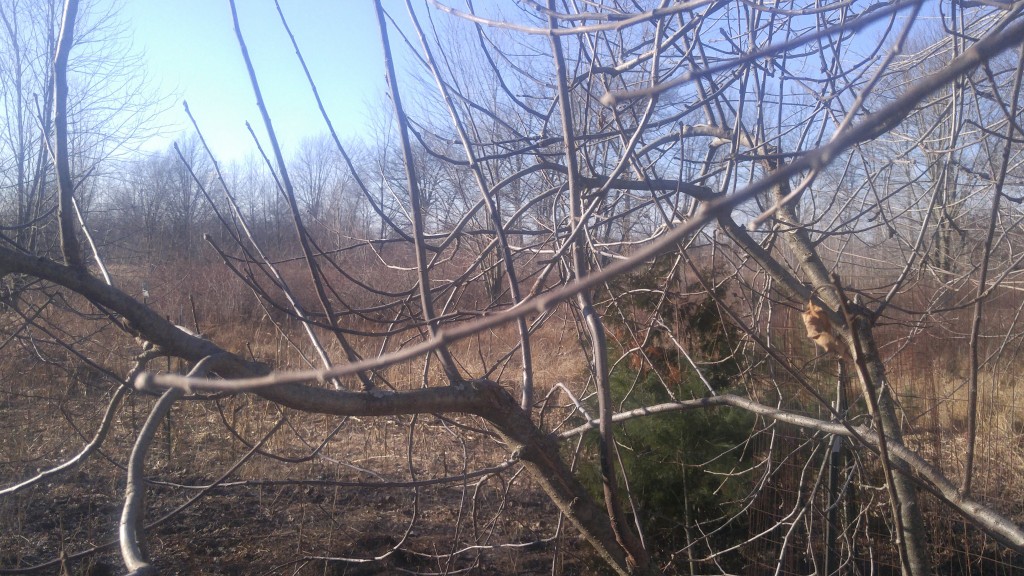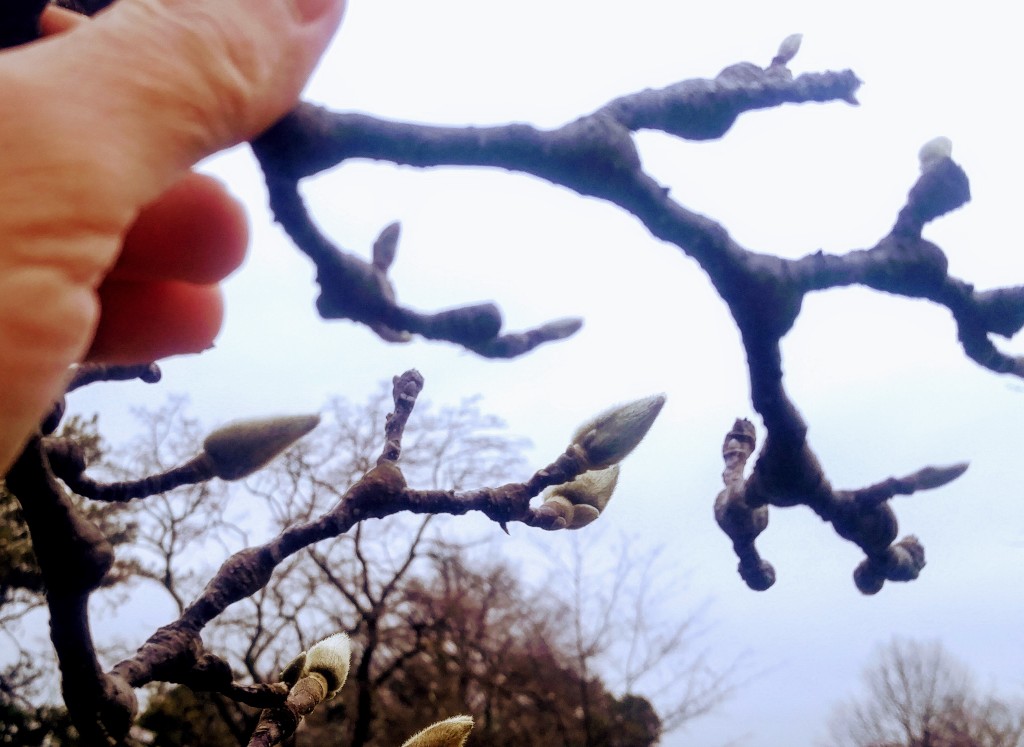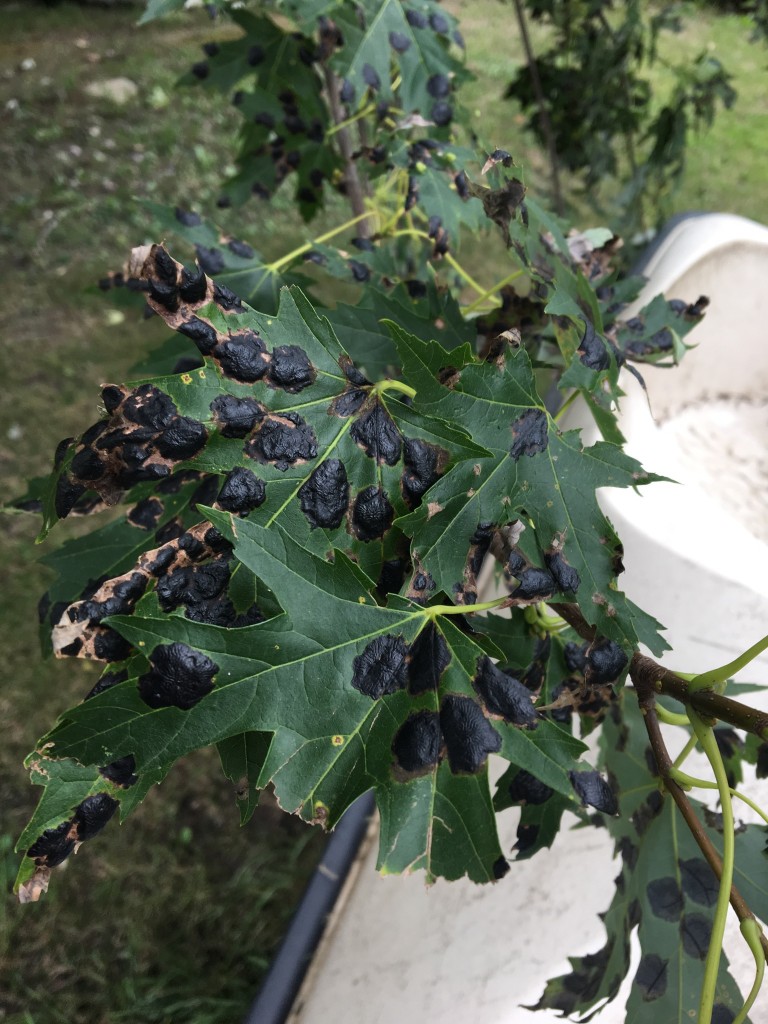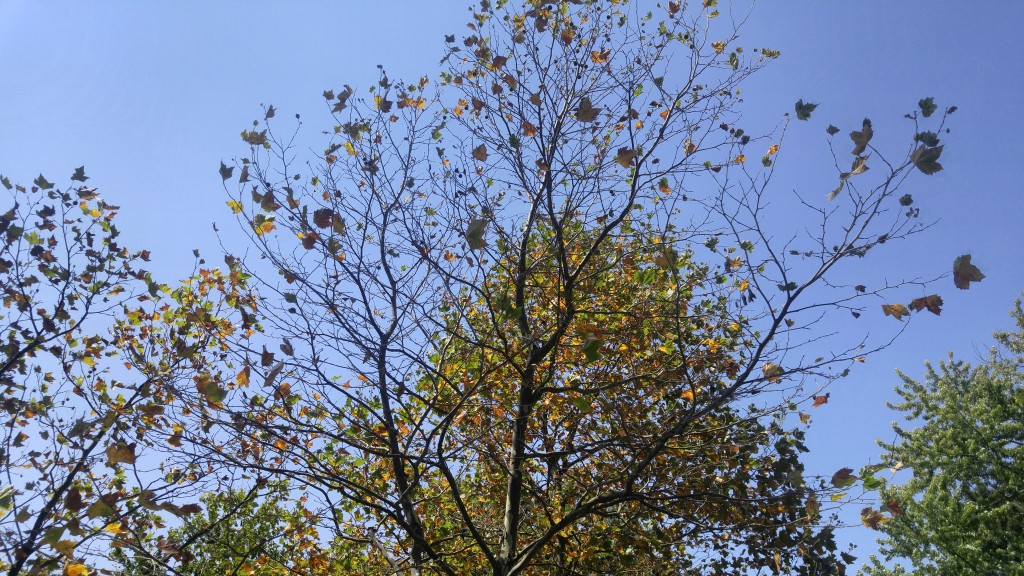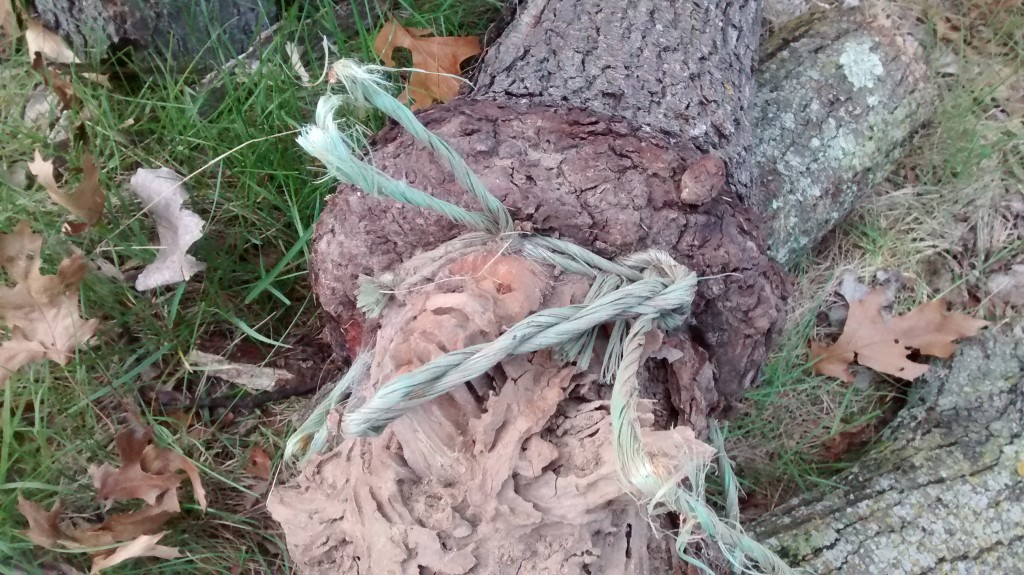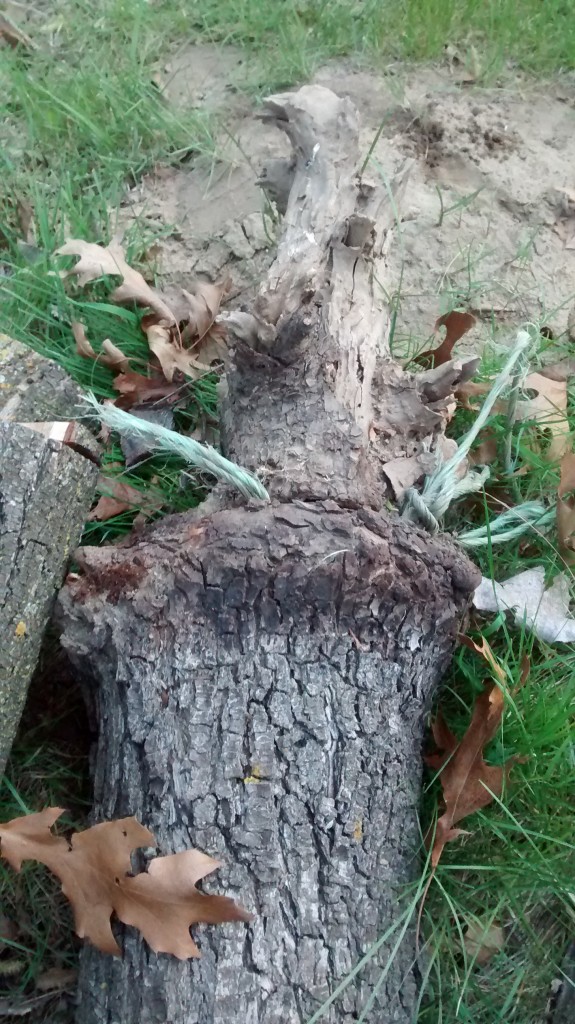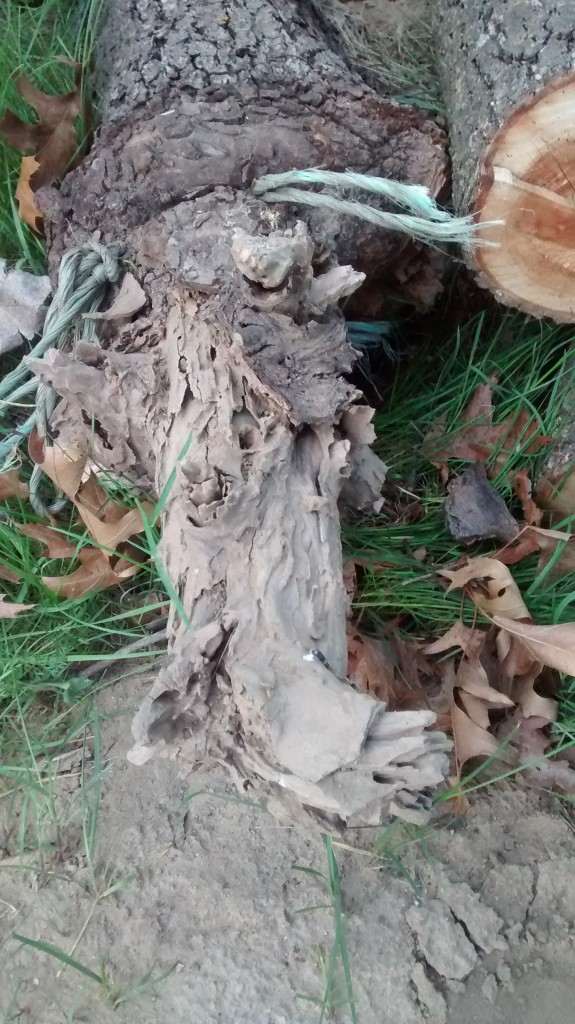It’s tempting to prune fruit trees in early March especially on warm, sunny days when were out in the yard looking for some thing to do. Usually it’s fine to do so, but I like to wait to prune until after the chance of freezing rain has past.
A heavy accumulation of ice during an ice storm is liable to break off branches from fruit trees. That can be a real problem if a major scaffold branch is lost.
In many cases the tree can grow new scaffold branch from existing nearby shoots. It’s the gardeners job to select which shoot would make the best replacement. If you do all your pruning early, you greatly reduce the number of shoots available for growing the replacement branch.
You can however to do part of your pruning now and save the rest for later without losing any potentially valuable wood. Early March is a very good time to prune off all of the water sprouts that have grown from during the previous season.
During a severe ice storm, ice can add from ten to one hundred times the weight the weight that branches have to support. High winds make it even more hazardous for the trees. By removing water sprouts you drastically reduce the surface area for ice to collect, lightening the load that fruit trees branches have to bear. One quarter to one half inch of ice can cause small branches to begin breaking. Taking off the sprouts also reduces the amount of area for the wind to push against.
Water sprouts need to be pruned off eventually as a regular part of fruit tree pruning. They reduce much needed air circulation making conditions more conducive to diseases. With their rank growth, they also keep sunlight from reaching the fruiting parts of the tree.
During a normal year we can expect four or five days when ice accumulates and usually is not enough to do much damage. But every ten to twenty years or so we get a major ice event and that’s when trees get damaged. By doing your fruit tree pruning in two stages you can buy yourself a little extra insurance against major tree damage.
Maybe you’ve seen pruning being done in large commercial orchards as early as February. They prune that early because of the sheer number of trees that need to be pruned and don’t have the time to go through the orchard twice.
Bob
